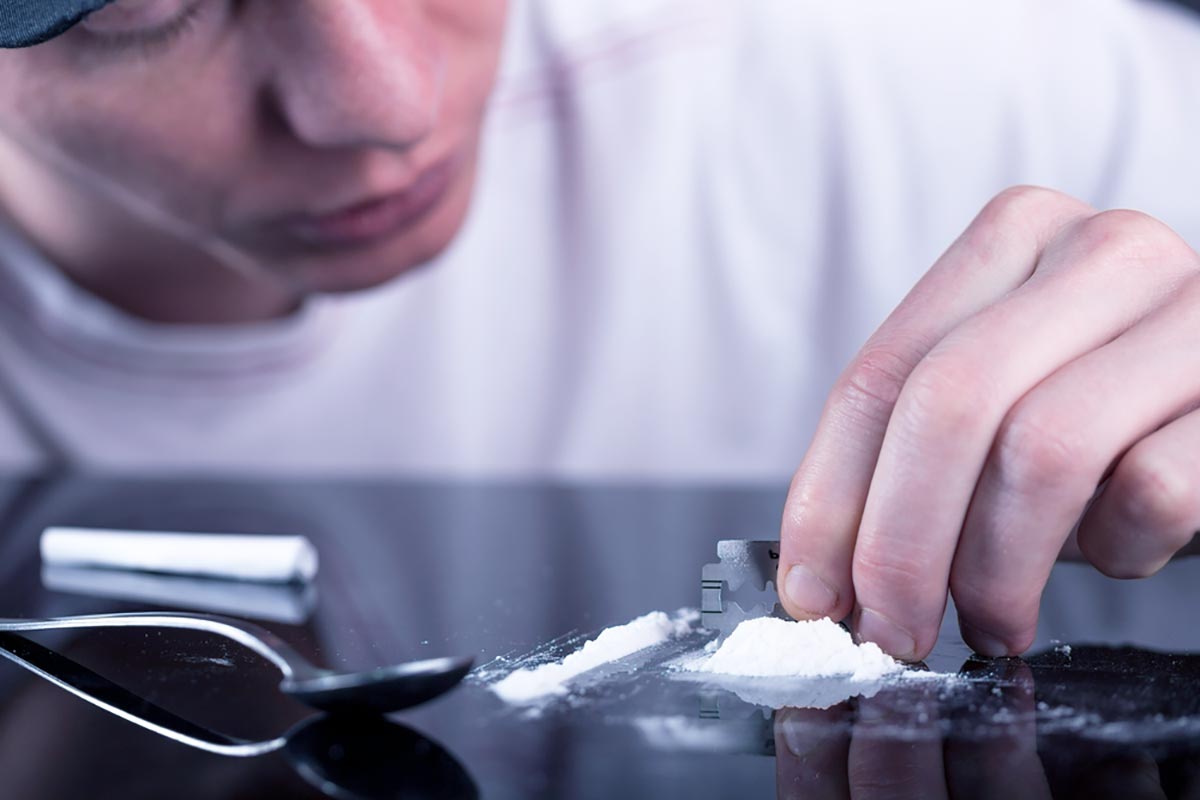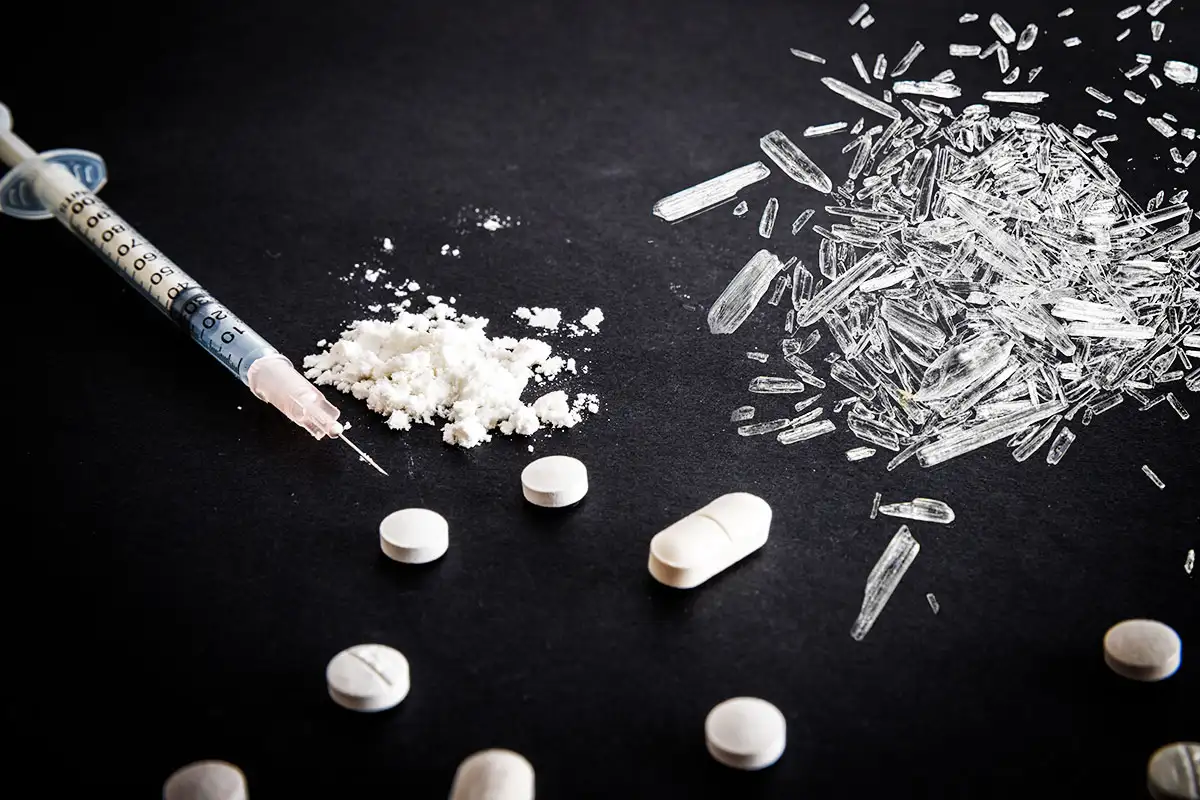In addition, it interacts badly with many other drugs. And, increasingly, cocaine is cut not with potentially illness-inducing …
What is the Connection Between Addiction and Impulsive Behaviors?
At the same time, substance abuse can increase impulsivity and sensation-seeking by changing how the brain works, which means that …
Continue Reading about What is the Connection Between Addiction and Impulsive Behaviors?
How to Stay Clean and Sober Over the Summer
The closer you are to having been in recovery, the harder that might be. However, you can take steps that will ensure you stay …
Continue Reading about How to Stay Clean and Sober Over the Summer
The Differences and Similarities Between Meth and Crack
Today, methamphetamine is the new drug of choice for kids, often because it’s accessible and cheap, rather than because it’s …
Continue Reading about The Differences and Similarities Between Meth and Crack










